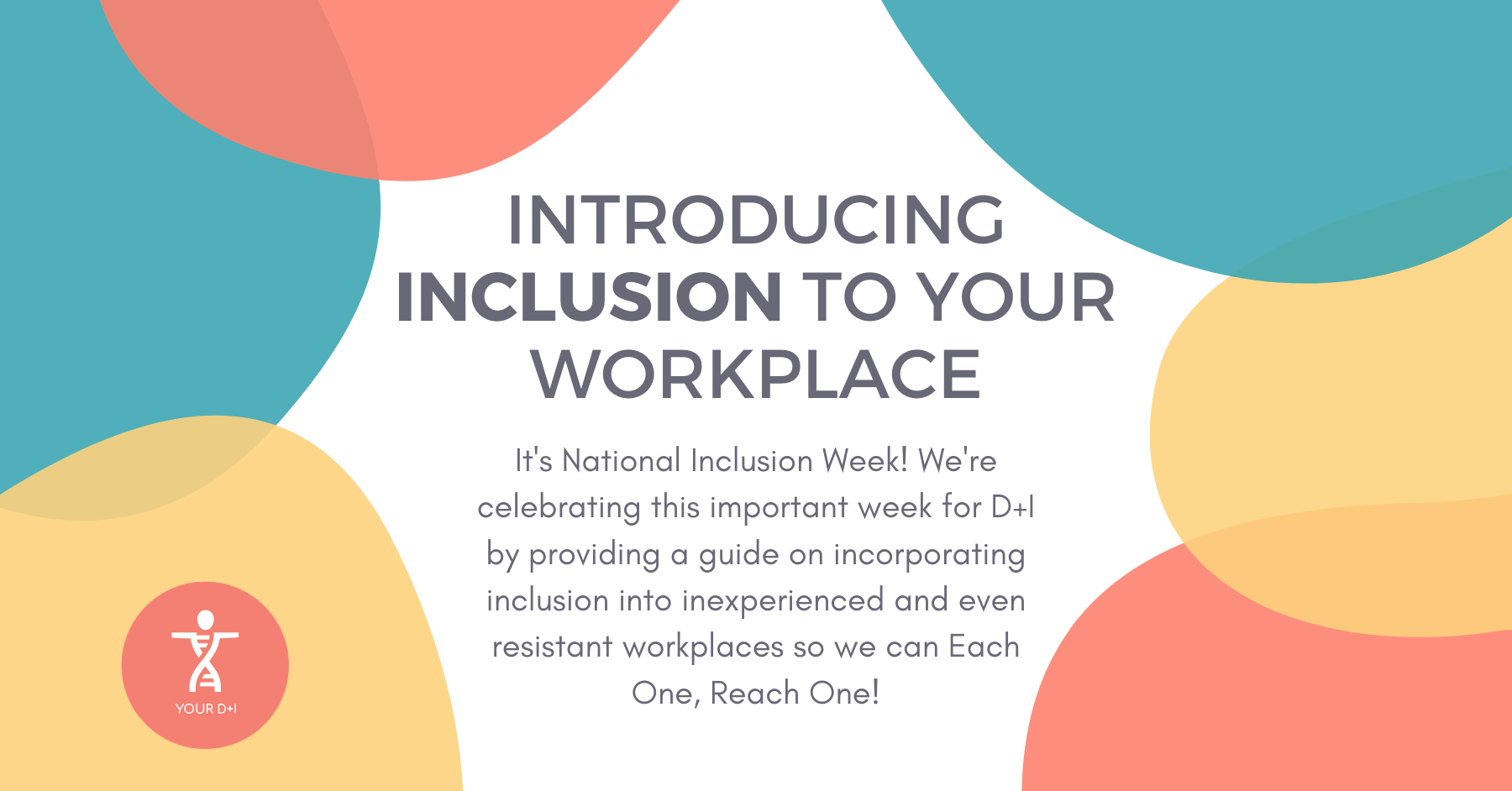Introducing Inclusion To Your Workplace
Not all businesses actively work on including and supporting diverse talent, and some may even actively discourage it. However, there are many cultural and even financial benefits to having a more diverse company. So how do you go about introducing Diversity + Inclusion when it is new to your business?
This post will show you a few ways to incorporate inclusion into your workplace and even guide you through pitching D+I to higher-ups if you don’t have the authority to make a difference by yourself.
Define Your Mission
Before you talk to anybody about your ideas on D+I, you should have a solid plan. After all, even if you get a positive response, you’ll likely be expected to have suggestions for improvement. This is especailly true if you are pitching improving D+I to your boss.
Not having a plan will also affect your chances of getting that good reaction. You might do enough to pique their curiosity and then have no plan to satisfy it. It’s also a good idea to think about budget as well as the ROI of your plan beforehand.
Create specific goals such as making LGBT+ staff feel more involved or recruiting more neurodivergent talent. Then you can think about how these goals might be achieved in your workplace.
Plan for Education
There are many ways to improve inclusion within a business, but it is usually a good idea to begin with education.
Before you can expect a business to start employing diverse talent and providing extra support to aid equality, employees need to understand who and how they can help.
There are many formats that can be used for education, including company emails and presentations. Although, interactive methods like workshops and courses can prove most effective.
Build a Rapport
Once you have a plan that includes an educational initiative, it is time to approach the topic of inclusion.
However, if your company is one with no history of inclusion, it may be a difficult topic to raise. This is why it is important to first build a rapport with whoever you hope to discuss it with.
Try to get to know them better by asking them about themselves or their work. Once you are on a friendly level, they should relax and be more open to discussing a trickier topic.
Define Inclusion
The word ‘inclusion’ sometimes gets thrown around the workplace and can lose its meaning. At its core, though, inclusion is about making sure that everybody is accommodated.
When proposing an idea to senior staff, you want to start by defining what inclusion means to you. This may be different to a dictionary definition, but should include the idea of equal treatment.
Share the Benefits of Inclusion
Like we already mentioned, there are many benefits to having a diverse workforce. These are particularly important to bring up if you are pitching a plan to improve inclusivity, but they are also useful to mention when introducing the idea to your peers.
One is that having co-workers from different backgrounds can make daily conversation at the office more interesting. It also makes any current employees from minority groups (whether they have disclosed this or not) feel less alone.
There are also many financial benefits of inclusion. You can read our blog post on the business case for Diversity + Inclusion to learn more about these. In short, though, businesses who work hard to encourage inclusivity actually see a significant increase in revenue. These factors are key to bring up when discussing introducing inclusion to higher-ups.
Share the Drawbacks of Exclusion
Like we discussed in the business case for D+I, there are also drawbacks of not working on inclusion. Not only will you lose out on financial gains, but you will also be suffering in terms of productivity. This is because discrimination can cause distractions for both those who perform it and those who suffer from it.
If your team is discriminatory towards diverse colleagues and candidates, you could also be missing out on great talent. Again, this is worth mentioning when encouraging senior staff to become more aware of Diversity + Inclusion.
Need More Help?
We hope this guide has given you an idea of how you can reach out and encourage inclusion even in workplaces new to D+I. If you’re struggling to introduce inclusion to your workplace, don’t be afraid to get in touch!

